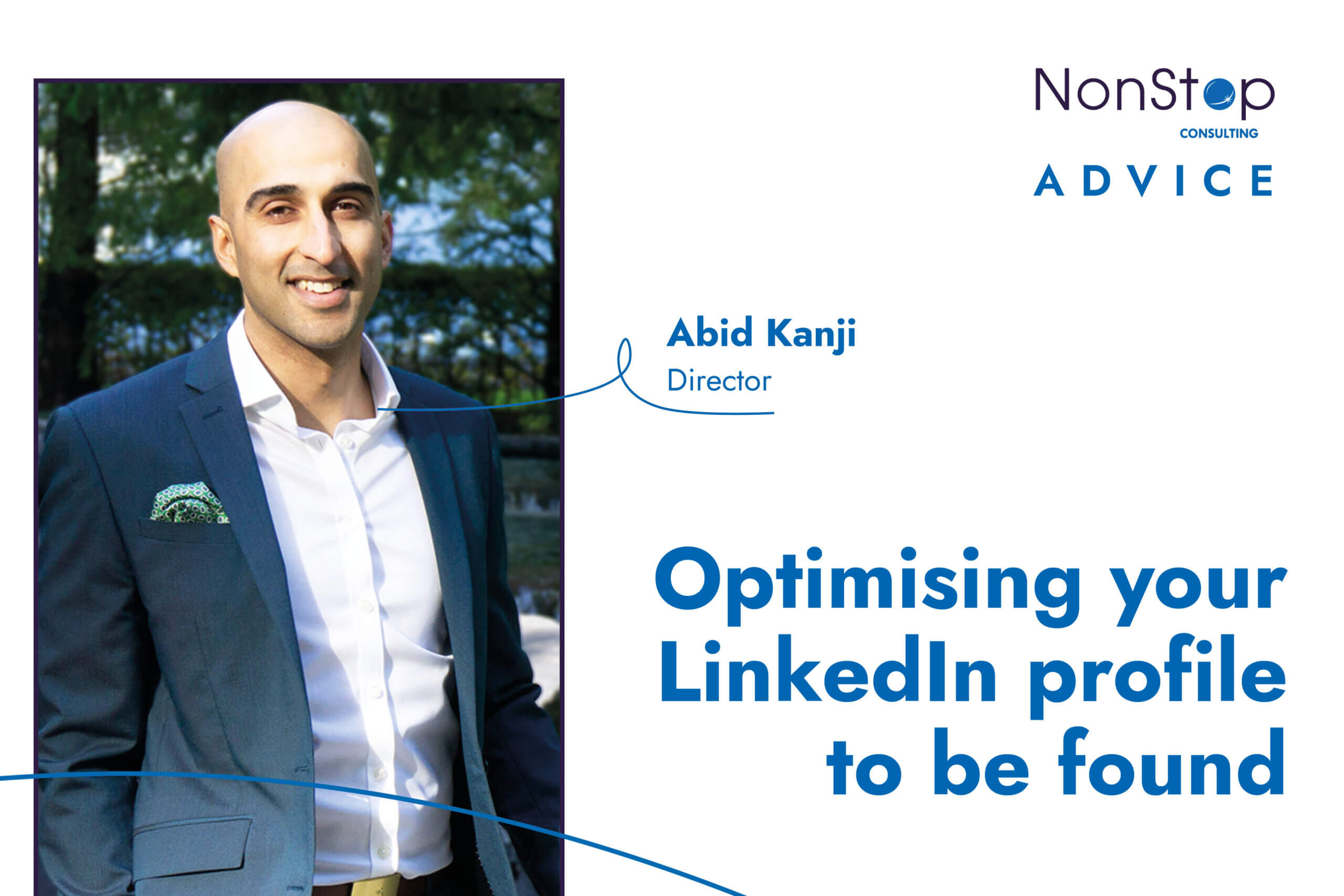We’ve all been there… looking for a new job, applying for some interesting roles, but generally not getting much traction. Meanwhile, colleagues in similar roles often mention being approached by recruiters on LinkedIn for interesting roles.
Why? What’s lacking in your work experience or skillset compared to them?
In all likelihood, nothing. It’s just that they have optimised their LinkedIn profile for greater visibility to recruiters and in this article, we’re going to tell you how you can do the same.
Firstly, why is this important?
Let’s start by looking at how a recruiter uses LinkedIn. When working a particular role, they will have a set of skills and level of experience in mind, as well as other factors such as where the candidate is located. Recruiters will run a search with these parameters and LinkedIn will return a list of the profiles best matching the search criteria. Depending on the filters the recruiter has used there are several things that can affect your ranking, which we will cover below.
Keywords
Make sure you’re using industry standard terminology for your job titles especially. A recruiter will most likely be searching for ‘software developer’ rather than ‘code guru’, for example. You can use the description areas to add more detail about what exactly you are doing in the role but again, try to think about the keywords your ideal recruiter might be searching with. The same goes for your personal summary. Here it might also be a good idea to include what you are looking for, not just what you have done.
Company and Educational Organisation Affiliations
Follow the platform’s prompts and selections and make sure you are spelling your organisation’s name exactly as its admins have done so on LinkedIn. Make sure your affiliations are linking to the correct profiles.
Adding your personal information
Use your proper name and, if you have a degree or professional qualification, add those abbreviations to your name too as they can be searched. You could also add your email address to your public profile, essentially doubling your chances of being contacted by a recruiter. If you speak more than one language, add those too, and when it comes to skills, make sure you add all that are relevant. Should you go to the trouble of adding a profile photo? Yes! LinkedIn’s own stats say a profile with a photo is 14 times more likely to be viewed.
Engage
Engaging with the company page of the company that the recruiter works for, and/or engaging with that recruiter or their colleagues on LinkedIn results in much higher chances of you coming up in the recruiter’s searches. What can you do about this? Run your own search on LinkedIn to find recruiters working in your area of interest. Connect with them, engage with them, reach out and ask for a conversation.
Search for relevant groups and join them. Share content within those groups and directly on your profile, just consider the professionalism of that content. Respond to other people’s content too (use the @mention function to tag people). Basically, the more engaged you are on LinkedIn, the more likely you are to be found.
Signal your availability
A final, but perhaps the most important, thought on increasing your visibility: make sure you turn on the ‘open to work’ badge, sending a signal to recruiters that you would be open to a conversation about a new role. Don’t worry, LinkedIn won’t show your current colleagues this status, it’s only visible to people outside your organisation.
We hope this short guide has helped. Of course it’s about timing too – there needs to be a suitable role available for a recruiter to start the search in the first place, this article is just about giving you the best chance to have your profile found. If you are looking for a new role, why not head over to our vacancies page to see all our current opportunities. If you don’t see anything of interest there, you can set up a job alert to be among the first to know when a relevant role does come up.
Happy hunting!





